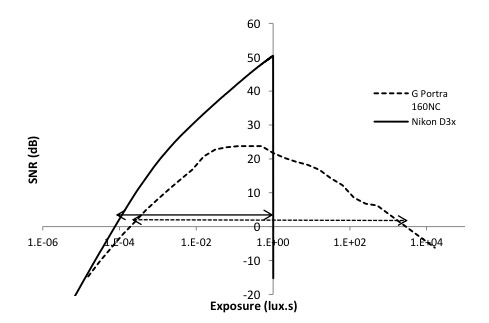Thingy wrote:timparkin wrote:dave_whatever wrote:Are you selling your grads then Tim?

You could get away without them for some work but it still looks better with them

I use them for my colour neg work too (although substitute one stop less soft instead of hard typically
Compare the images (top: without grad ND filter & bottom: with grad ND filter).
viewtopic.php?f=5&t=2965&p=16584#p16584
This is partly the effect I'm thinking about but in this case the use of the grad has allowed the colour of the sky to be preserved (or at least Velvia's interpretation of it). I've noticed quite regularly that overexposed blues in velvia go cyanic (rather unpleasant in my opinion) and so I always try to limit any blues to +1 at the brightest. This is as opposed to yellow/red that can take +2.5 before starting to go yellowish or even +3.5 before they finally start going transparent.
In the case of neg film, highlights can tend to go more yellow (at least in Portra) which is limited by the grad but the biggest effect is signal to noise ratio which can be seen in this graph comparing digital to film from a DxO paper.
An objective protocol for comparing the noise performance of silver halide film and digital sensor
http://www.dxo.com/var/dxo/storage/fcke ... yright.pdf
Here's an extract of the graph of Portra 160NC

As you can see, around about +1 stops, the neg film has it's best signal to noise ratio and from that point on it starts dropping. I tend to over expose my neg film by a stop which moves my subject matter into the least noisy area - this means that my highlights can get noisy, especially if I want to burn them in at a later date. Hence using a couple of stops soft grad helps in most situations.
Tim
I use them for my colour neg work too (although substitute one stop less soft instead of hard typically
